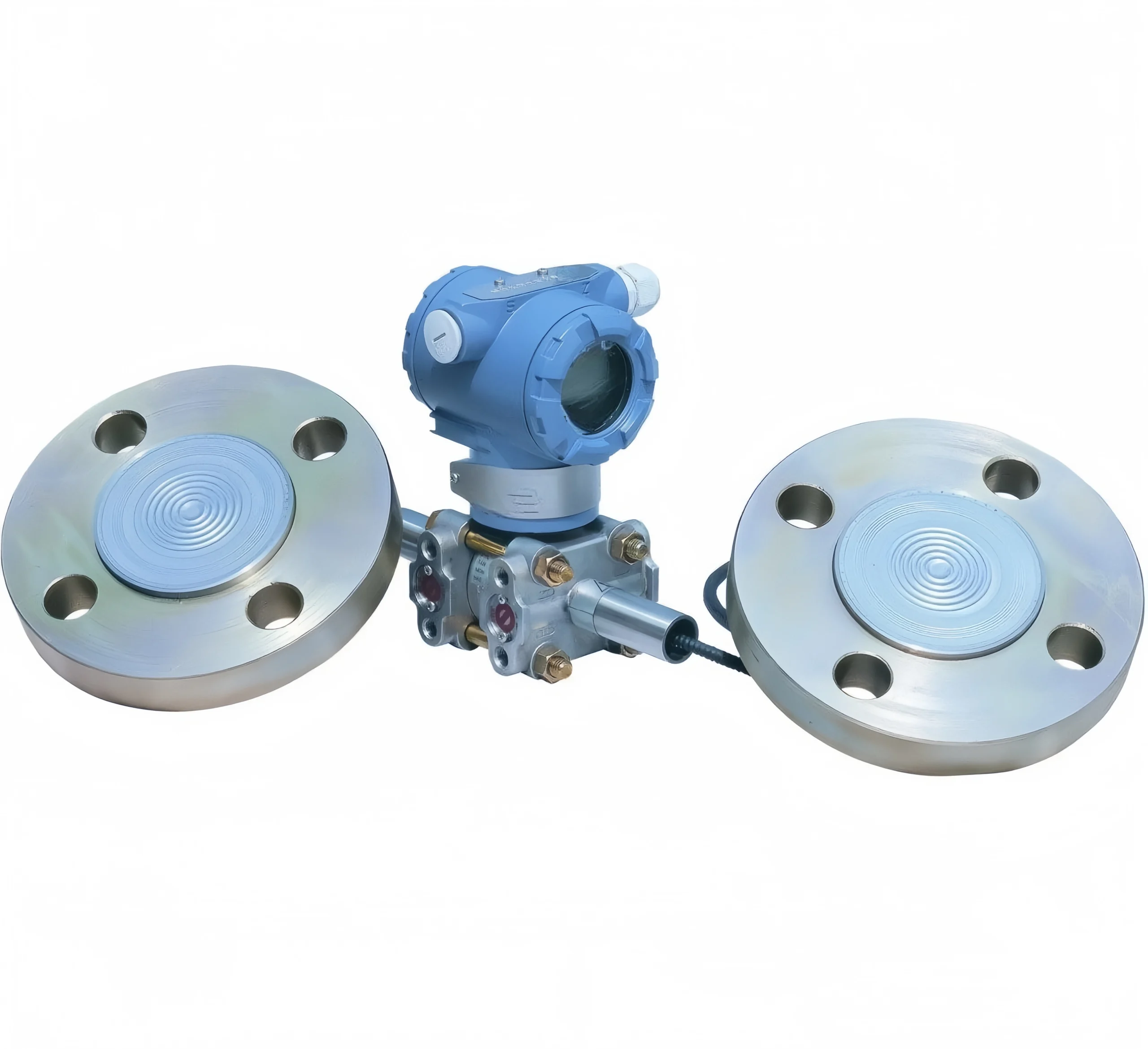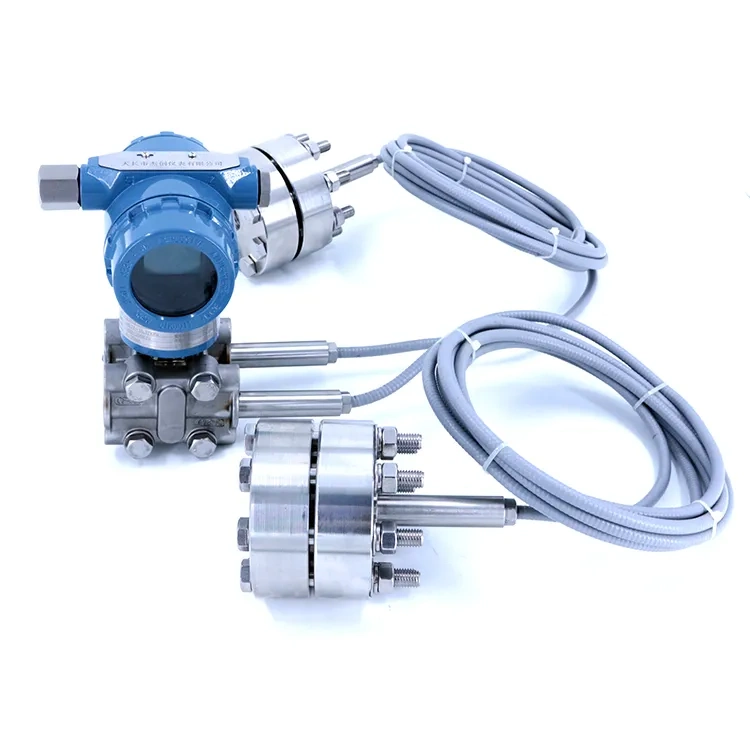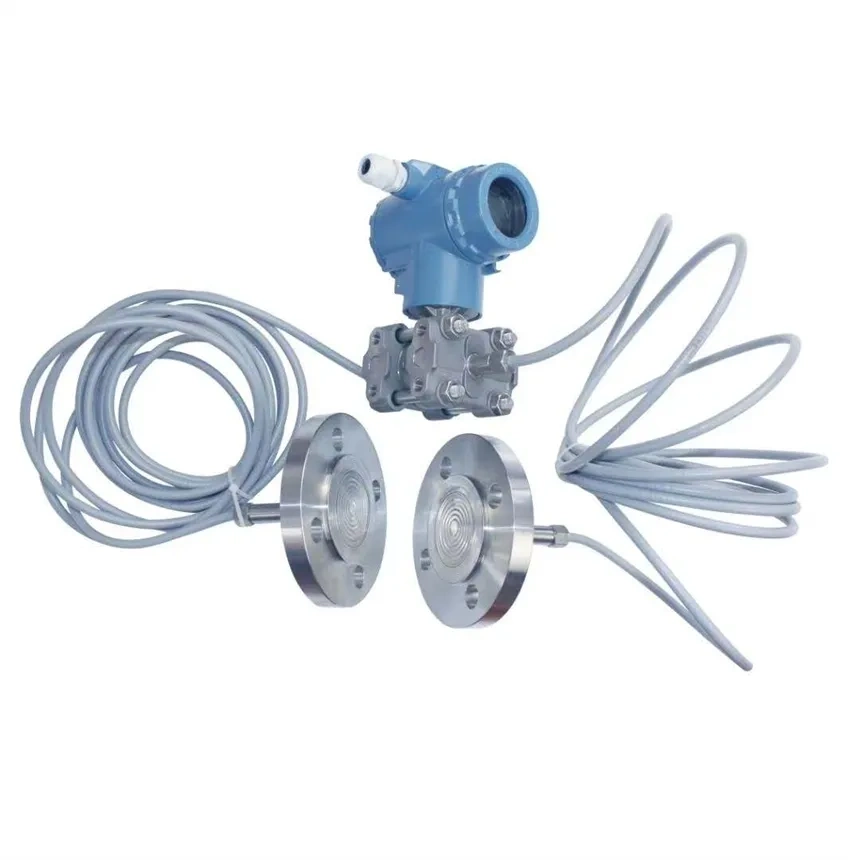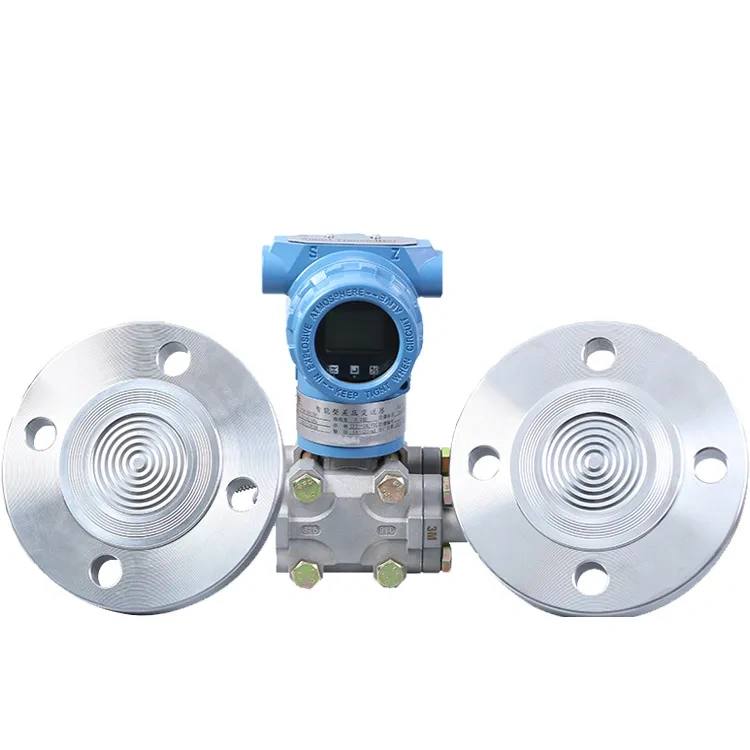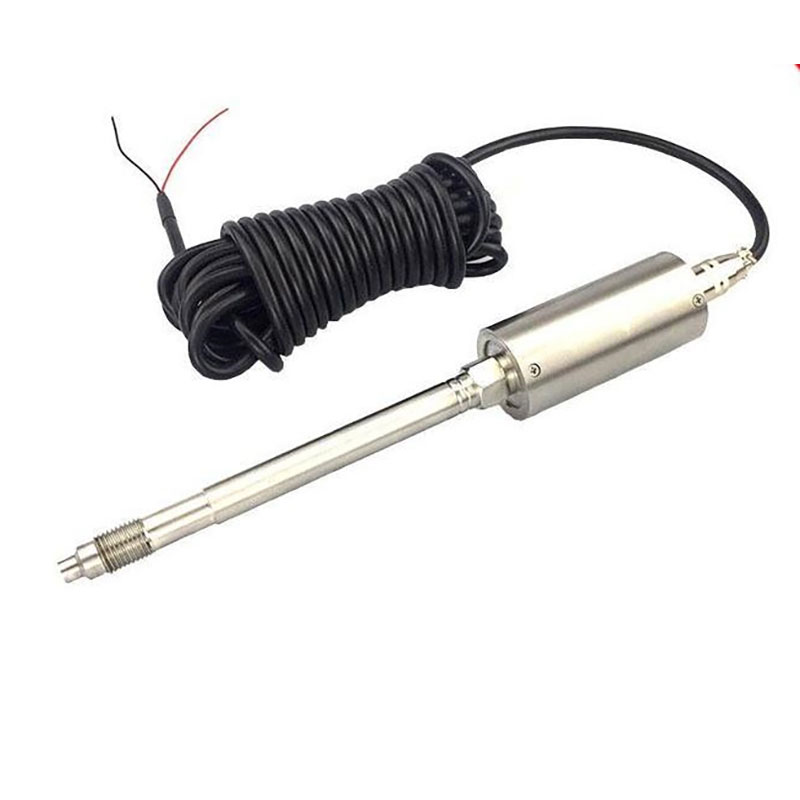Differential Pressure Level Transmitter Working Principle
The differential pressure transmitter mainly uses the pressure difference generated by the liquid’s own gravity to measure the liquid level in the container. The high-pressure side measuring tube is always filled with water, and the pressure is constant, while the low-pressure side measuring tube is connected to the container and its pressure changes linearly with the change of the liquid level in the container. By measuring the pressure difference on both sides, the differential pressure transmitter can accurately reflect the actual situation of the liquid level in the container.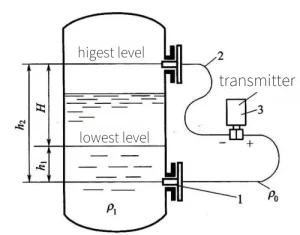
Calibration of differential pressure level transmitter
In the following situations, the differential pressure level transmitter may have an indication deviation or fail to indicate normally during use.
1. The transmitter works in a negative-pressure environment. And the measurement loop is not well sealed, causing external gas to enter the measurement pipeline. It may also affect its normal operation.
2. The high and low pressure side pressure pipes or the three-valve group are blocked or leaking,
3. The migration amount changes,
4. Zero drift,
5. Isolation liquid loss, etc.
We can check whether the output of the transmitter is correct by disconnecting the pressure pipe and using a hand pump to send a differential pressure signal to the positive pressure side of the transmitter.
Calculation Formula of Differential Pressure Level Transmitter
The differential pressure level transmitter is used to measure the liquid level in the container. and its liquid level calculation formula is based on the principle of fluid statics. The following is the basic liquid level calculation formula:
1. Open container
When the container is open and the gas phase pressure is atmospheric pressure, the liquid level height H can be calculated by the following formula:
H=ΔP/ρg
-Where:
-ΔP is the pressure difference measured by the differential pressure transmitter (unit: Pa).
-ρ is the density of the liquid medium (unit: kg/m³).
-g is the acceleration of gravity (usually taken as 9.81 m/s²).
2. Closed container
For closed containers, the influence of the gas phase pressure in the container needs to be considered. The calculation formula for the liquid level height H is:
H =ΔP-(Pgas-Preference)/ρg
-Where:
-Pgas is the pressure of the gas phase in the container (unit: Pa).
-Preference is the reference pressure, usually atmospheric pressure (unit: Pa).
Summary
The liquid level calculation formula of the differential pressure level transmitter is mainly based on the relationship between differential pressure and liquid level height.
In practical applications, it is necessary to make corresponding adjustments based on factors. Such as the type of container (open or closed), the installation location of the transmitter, and whether a double flange structure is used.

